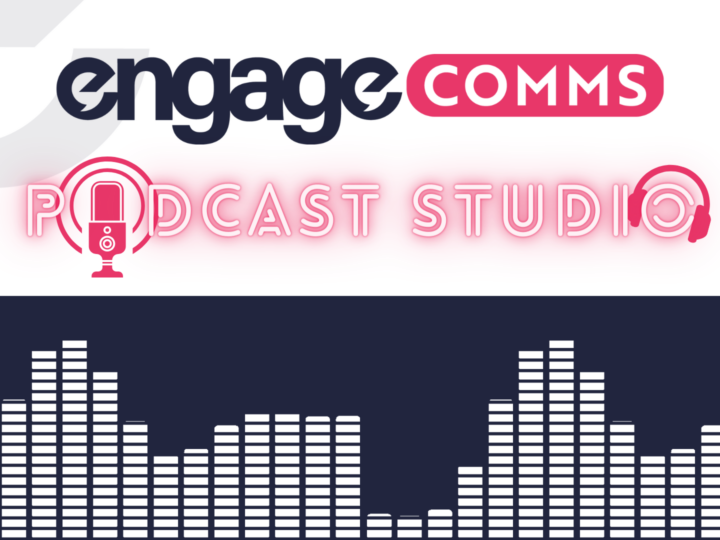We recently came across this article on Mashable.com on how to make B2B content more shareable. If you are putting lots of work into producing really interesting and useful content for articles on your website, white papers, ebooks and your company blog but not getting the desired response, here are some tips for how to get it noticed.
“If you build it they will come” doesn’t work when it comes to blogging. There’s so much content online, people need to be able to filter what is useful and relevant to them. They do this in a range of ways but the most common is by picking up on what their peers and influencers recommend. That’s why getting people to share your content is as important as driving people directly to it.
It may seem that B2B content is too dry to share on some social media platforms. It is no good just posting the same updates everywhere, it needs to be tailored for the context.
The article looks at how you can use phrases, keywords and buttons that make your tweets stand out from the crowd and get plenty of re-tweets.
It also touches on how you can make your B2B content visual so that it can be pinned and re-pinned by Pinterest users, extending its reach online.
By optimising page elements and using visual representations of your blogs and other content will bring it to life on Facebook and make it stand out in newsfeeds.
Google+
Tagging relevant people and using hashtags will help drive more relevant people to via your Google+ updates. Google+ users tend to be less impatient than tweeters so you have more space to give them the detail to hook them in. Make sure you don’t give too much away though, you still need to drive them to your site.
LinkedIn no longer automatically posts tweets to your personal profile. Your personal status updates are unlikely to get picked up by many of your connections, let alone those that you don’t know directly. Relevant groups and company pages are where you can engage with relevant audiences so that’s where updates about your content should go – as long as they are useful and not salesy.
It may be hard work producing engaging B2B content in the first place, but you need to take the extra time to tailor updates for different platforms if you want to get it noticed. It’s quality and usefulness is dependent on who can find it, pick it out from the crowd, endorse and then share it. So make it as easy as possible for your stakeholders and influencers to do so.



